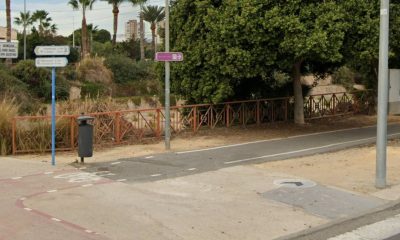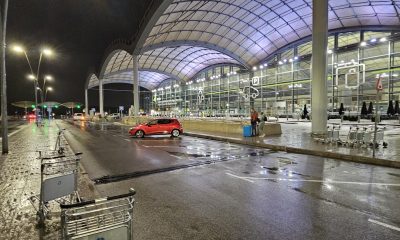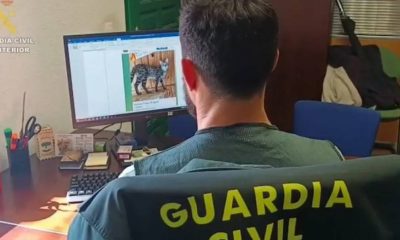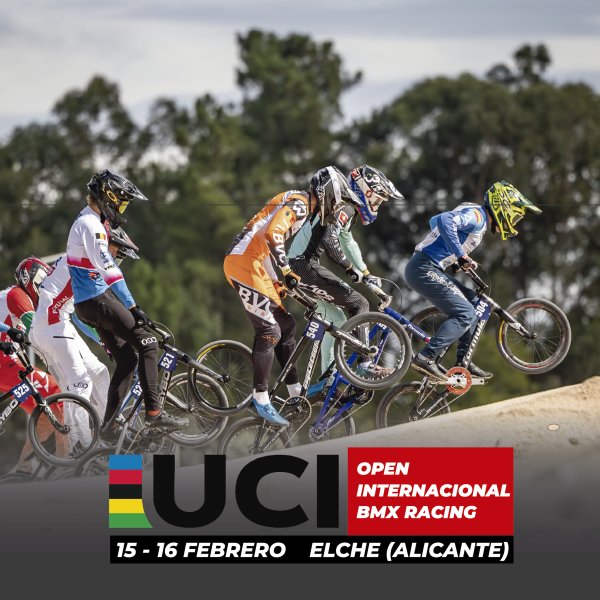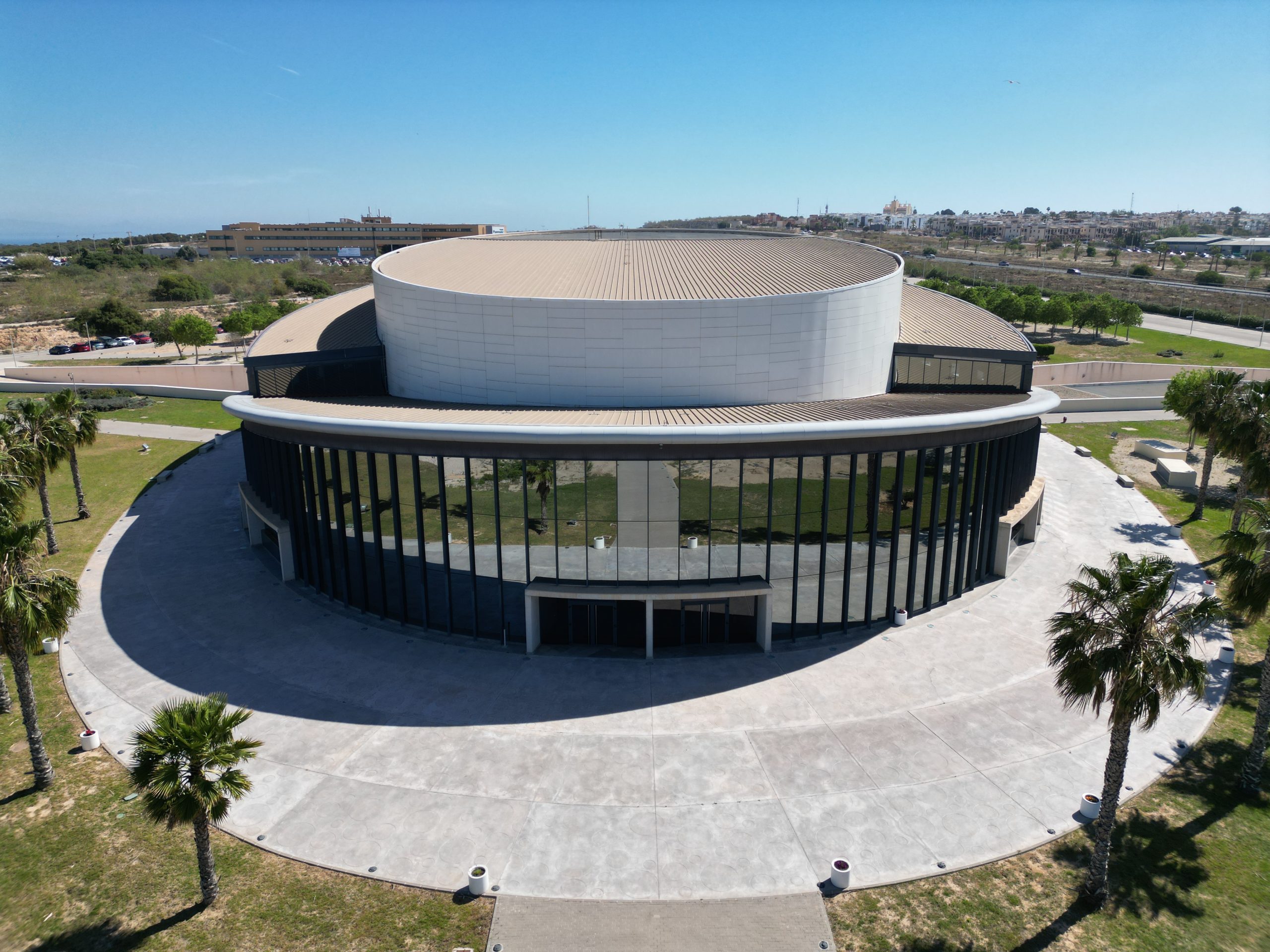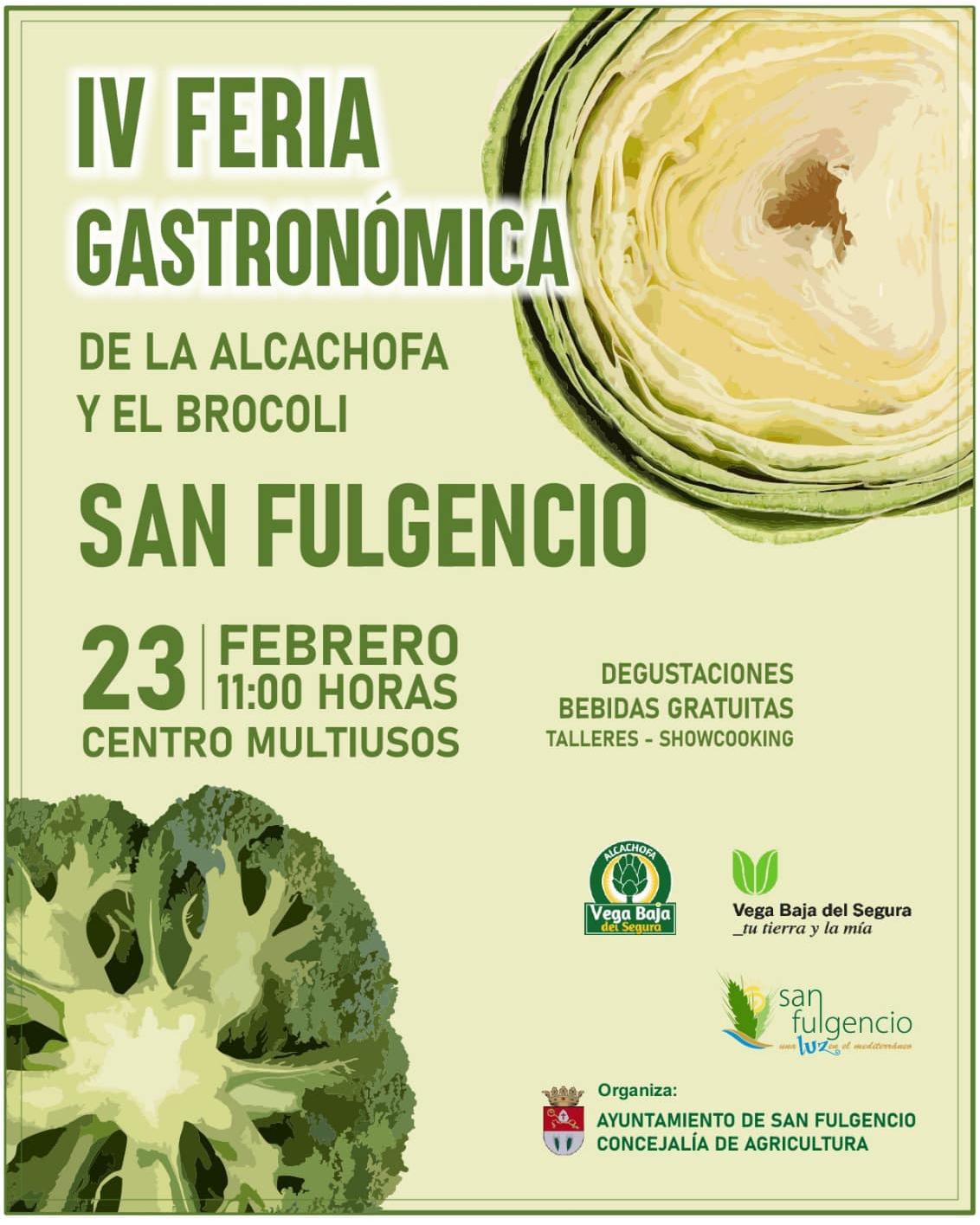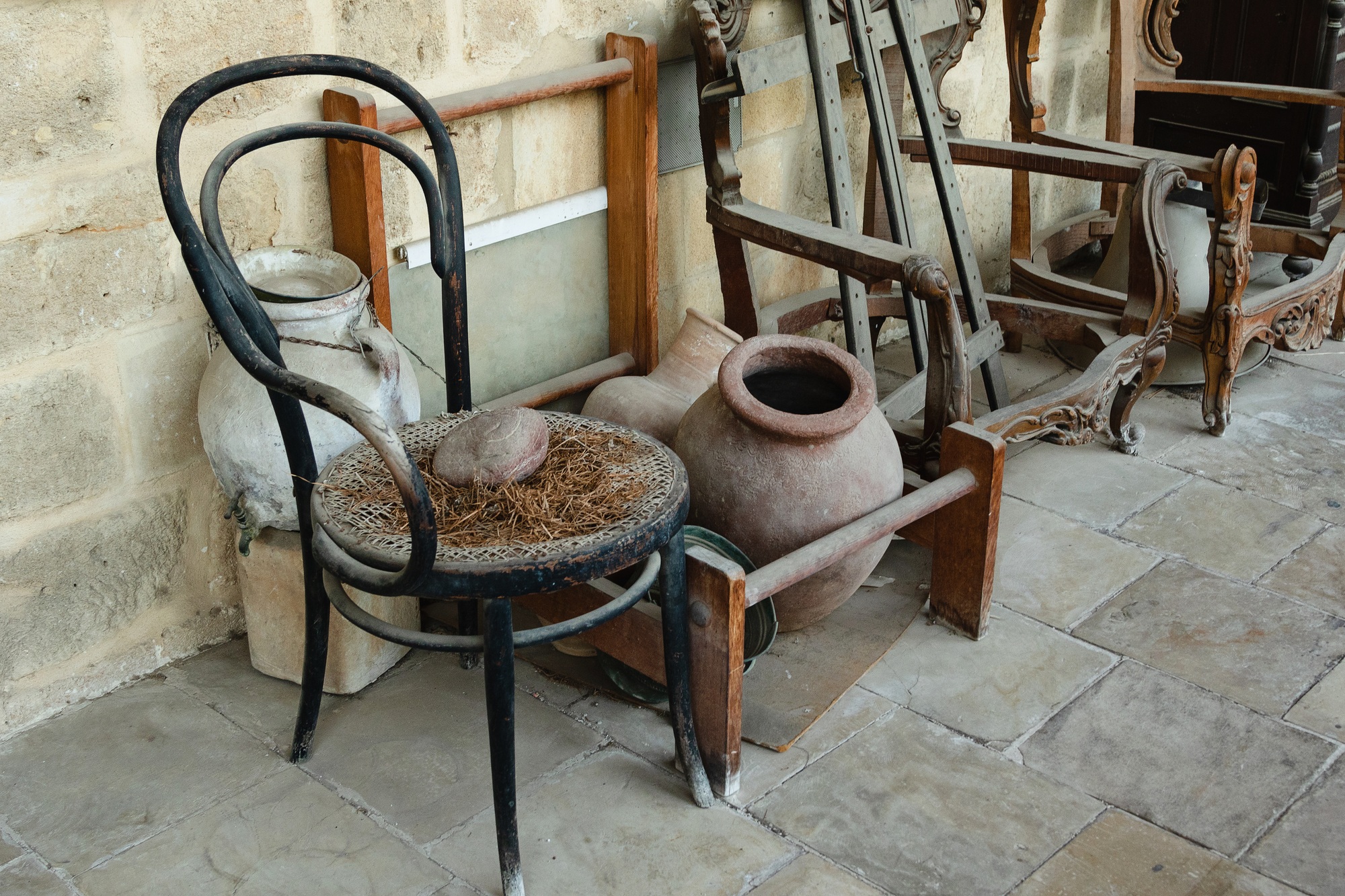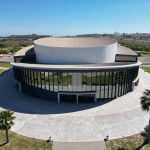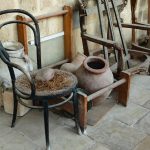Costa Blanca
Elche workshops in scam buying imported cars
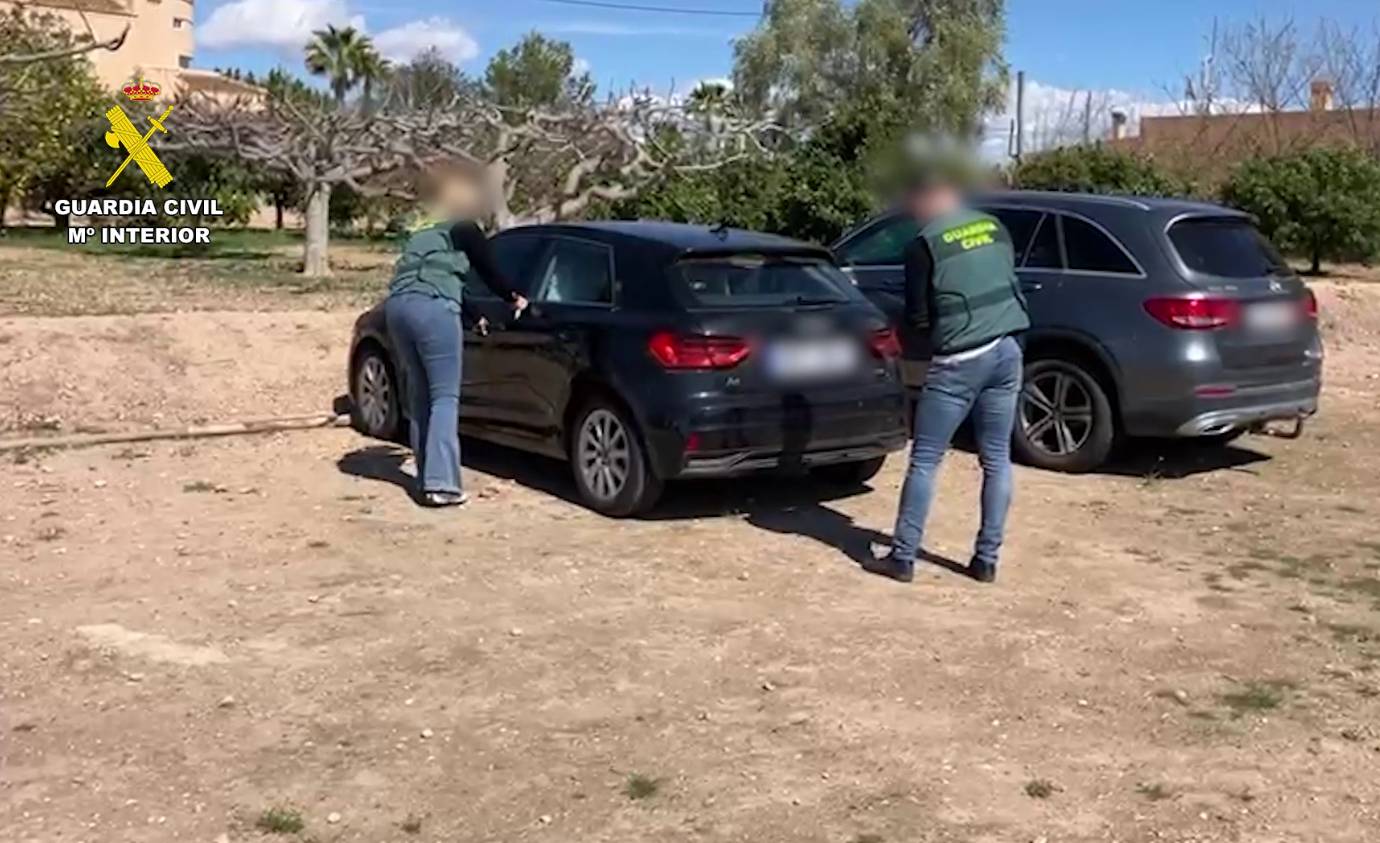
The Guardia Civil has dismantled a criminal network that was specifically dedicated to the purchase of vehicles that were purportedly imported from Germany and Belgium. The authorities have detained two of the three alleged members of the network in the province of Alicante, and two workshops in Elche are implicated in the scheme.
Fake contracts and recordings from abroad were used to deceive the victims of the alleged fraudsters, who attracted them through websites. The economic damage has been quantified at over 200,000 euros, with ten victims across Spain, following the analysis of the information acquired during the investigation. However, investigators do not rule out the possibility of new victims.
The Santa Pola Investigation Area and the Madrid Judicial Police Unit initiated the operations ‘Dasrobimport’ and ‘Bábaros’ on September 11th, 2024, in response to numerous complaints from victims in various regions of the country. These complaints were all associated with a company that operated through two websites and online sales platforms.
The strategy entailed attracting the attention of potential purchasers, obtaining their signature on a contract, and requesting a financial transfer as a reserved payment. Subsequently, new quantities were requested, citing purported logistical issues, but the vehicle was never delivered.
In order to create a more convincing appearance of legitimacy, the purported manager of the organisation even recorded videos from abroad that displayed the vehicles. This move fostered trust among the victims and facilitated the deception. Nevertheless, the investigation disclosed that the addresses specified in the contracts were inaccurate, with some of them being residential addresses in cities such as Santa Pola or Elche, where there was no genuine commercial activity.
Ultimately, on March 11th, a 27-year-old male was apprehended in Aspe, a 37-year-old woman in Torrellano, and a 39-year-old individual in the province of Tarragona. In the municipality of El Vendrell (Tarragona), an investigation was also conducted on a 30-year-old woman.
Discover more from Costa Blanca Daily
Subscribe to get the latest posts sent to your email.
Costa Blanca
Five Guys to open its first restaurant in Benidorm

The first restaurant of the FIVE GUYS restaurant brand, which specialises in hamburgers, will soon be opening in Benidorm, Alicante municipality. The premises are situated at Avenida de Alcoy, 9, adjacent to Bilbao Avenue and the renowned Penélope nightclub.
In addition to the over 1,000 smoothie options, the Five Guys menu provides the option to customise the hamburgers with over 250,000 possible combinations. Furthermore, each establishment is equipped with its own Coca-Cola freestyle machine, which offers a selection of over 125 distinct beverages.
FIVE GUYS operates 41 locations throughout Spain. This is the third restaurant of the franchise in the Valencian Community, joining the existing locations in Valencia (Town Hall Square) and Alicante (Rambla Mendez Nuñez). The region with the most spaces is the Community of Madrid (18), followed by Catalonia (10) and Andalusia (8). Additionally, Murcia and the Basque Country have a space in each territory, respectively.
The chain, which was established in 1986 by Jerry and Janie Murrell in Arlington, Virginia, USA, is predicated on a straightforward formula: “hamburgers and French fries cooked to perfection.” The Murrells established and managed five restaurants during the initial 15 years. In 2002, they became the fastest-growing restaurant chain in the United States by opening their doors to franchisees.
Keep your eye on the website for more details and an opening date https://restaurantes.fiveguys.es/comunidad-valenciana/avenida-alcoi-9
Discover more from Costa Blanca Daily
Subscribe to get the latest posts sent to your email.
Costa Blanca
The Alicante Tourist Board website now available in seven languages

The Alicante Tourist Board has updated its website to add “more information, make it more accessible, adapt it to mobile devices, and be available in seven languages, after incorporating Chinese and Polish.”
Ana Poquet, the councillor for the area, unveiled the new site yesterday, Monday April 14th. She described it as “a Tourist Office that is open 24 hours a day, seven days a week, and serves as a showcase of Alicante’s offerings.”
The councillor emphasised that the new website is designed to be more practical, intuitive, and user-friendly. She also mentioned that visitors can begin planning their trip from the comfort of their homes and continue to consult the website while at their destination to obtain additional information about places to visit and plans to make.
The Tourist Board’s website has been enhanced with the addition of “new sections, improved design and interface, and particularly accessibility, as well as new functions to adjust the size and format of the letters”, among other enhancements.
Furthermore, it includes an updated municipal agenda and “bets on transparency in everything related to the administration and processing of the tourism sector, with more functionalities and possibilities” to facilitate the execution of these actions via the internet.
One of the new sections is “Alicante in three days,” which is designed for travellers who are visiting the city for a weekend and require a comprehensive guide to the city’s cultural attractions, gastronomy, nature, beaches, shopping, and emblematic locations that are “not to be missed.”
In addition to it, the generic sections “What to do” and “What to see” provide “all the practical information about the city’s offering, which also includes accommodation and hospitality.”
Poquet has underscored “the Tourism Board’s dedication to sustainability as a strategic axis,” in addition to accessibility. Consequently, the new website provides comprehensive and up-to-date information on the beaches and natural spaces.
It contains the address, schedules, rules of usage, recommendations, and features. Additionally, visitors are provided with recommendations to mitigate their environmental impact during their visit.
The website www.alicanteturismo.com is now accessible in seven languages, including Chinese and Polish versions in addition to the five existing languages: Spanish, Valencian, English, French, and German.
These two additions are in response to the “strength of Polish tourism in the city in recent years, already occupying the sixth place as an issuer” and, on the other hand, because Chinese is “the language most talked about in the world and a tourist market that is going to be strengthened”, as Poquet has defined from the Board of Trustees.
By 2024, the website experienced a 23 percent increase in traffic compared to the previous year, reaching 1.8 million visitors (up from 1.5 million in 2023). A 45% increase is anticipated.
This figure is expected to rise to 2.2 million by 2025.
Discover more from Costa Blanca Daily
Subscribe to get the latest posts sent to your email.
Costa Blanca
Alicante plans four new Tram lines
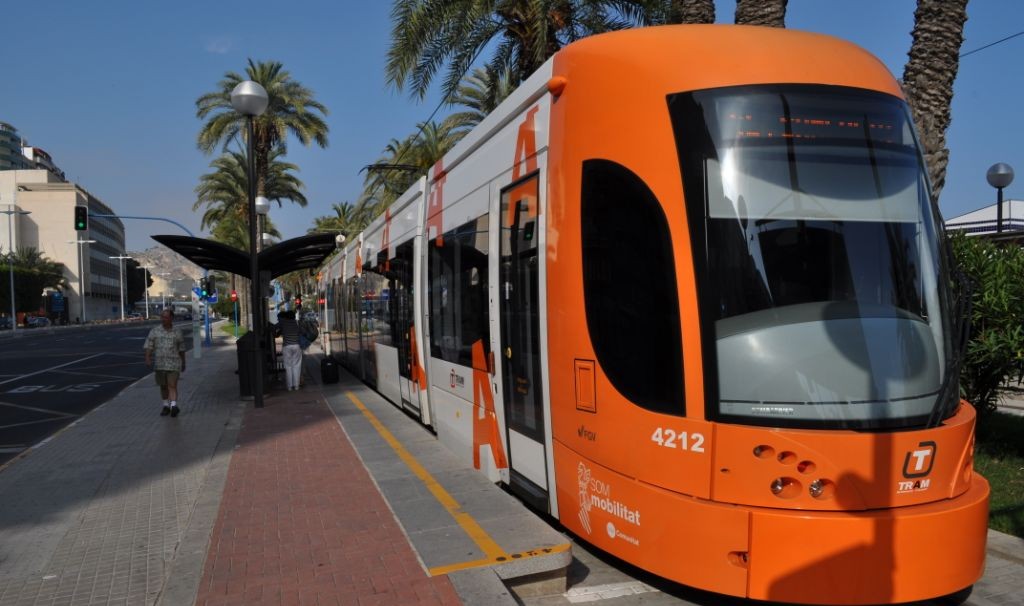
The tram’s introduction in Alicante 22 years ago revolutionised transport not only in the city but also throughout the entire region. The initial line established a connection between El Campello and Puerta del Mar. Since that time, this contemporary and environmentally friendly public transport system has grown to encompass five lines and has established connections to critical facilities, including the University of Alicante and the General Hospital de Alicante.
Nevertheless, this approach is insufficient. The preliminary studies for the general structural plan already take into account the future developments in the tram lines, which are now necessary to contemplate Alicante’s current and future growth. In Alicante, the documents anticipate the establishment of up to four new tram lines that would connect all neighbourhoods.
This is especially true for those residing in the southern region. The centre of Alicante is not accessible in neighbourhoods such as La Florida and Ciudad de Asís. Consequently, the initial new line is intended to travel in this direction, between Mercalicante and Pla de la Vallonga, via the Ocaña highway.
The new route will depart from the new Alicante Intermodal Station and travel towards Benalúa and La Florida along Avenida Aguilera , which will serve as the axis in the future of Alicante, connecting the railway terminal to the future City of Justice. One of the projects is the construction of an underground parking lot that will serve the judicial infrastructure and residents of the adjacent neighbourhoods.
From the Músico Emilio Menéndez roundabout, it would proceed along Calle Periodista Rafael González Aguilar to Calle Pianista Gonzalo Aguilar. The route would be utilised by public spaces including the Babel market, the Fernando Madroñal health centre, the Vicente Crespo-Babel sports centre, and the Polytechnic University.
Line 2 already serves Doctor Balmis General Hospital, where the second new line will commence. Nevertheless, the Gran Vía route will be extended over the Red Bridge (pending the Central Park plan, despite residents’ advocacy for its preservation) to the Barco Roundabout on Calle Mexico rather than continuing north towards San Vicente. However, the story would not conclude there. San Gabriel would be included in the second phase.
Conversely, the Gran Vía would proceed to Avenida Denia via Garbinet from the General Hospital. This new route would transverse the city, connecting the entire Gran Vía to public transportation via the boulevards from San Juan Beach to San Gabriel.
The third new line follows Novelda Avenue to Ciudad Jardín, rather than the current route of Line 2 to the University, and proceeds north. Like Marq, this line would leave from General Hospital, which would be an interchange.
The proposed fourth line would be underground, running from Luceros to Marq and then along Avenida de Denia and Bulevar del Pla to Santa Faz. This route had already been proposed as an alternative to transport the tram to San Juan Hospital and was currently under investigation.
Nevertheless, the General Structural Plan documents indicate that the project, which has already been approved by the Ministry of Infrastructure, is being maintained with a fork that extends from the Golf Course stop through Conrado Albadalejo, Nou Nazareth, and Benimagrell to the health centre.
Nevertheless, they could always be complementary, allowing for the provision of additional amenities and two routes to a location as significant as San Juan Hospital, which would accommodate a higher number of individuals.
Other critical components of the tramway’s study in the structured general plan include the establishment of park-and-ride parking spaces that facilitate car-tram connections and discourage private vehicle access to the city centre, as well as the preservation of stops that are 400 to 800 metres apart. Up to six additional parking spaces will be constructed in accordance with the municipal proposal.
Discover more from Costa Blanca Daily
Subscribe to get the latest posts sent to your email.
-

 Costa Blanca2 weeks ago
Costa Blanca2 weeks agoBefore Easter, the new road through La Hoya should open
-

 News2 weeks ago
News2 weeks agoTwo firefighters dead and 15 injured in a garage fire in Alcorcón
-
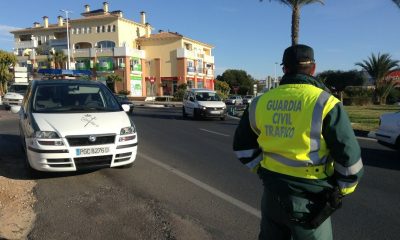
 Costa Blanca1 week ago
Costa Blanca1 week agoThis week the DGT will issue over 64,000 speeding tickets
-

 Costa Blanca1 week ago
Costa Blanca1 week agoSix arrested for the use of AI to defraud over 19 million euros
-

 Costa Blanca2 weeks ago
Costa Blanca2 weeks agoMan arrested after ex-‘s adopted daughter dies
-

 Costa Blanca1 week ago
Costa Blanca1 week agoThis weekend Alicante will be visited by three NATO ships
-

 Costa Blanca2 weeks ago
Costa Blanca2 weeks agoTwo men investigated for “sextortion” of 13 men
-
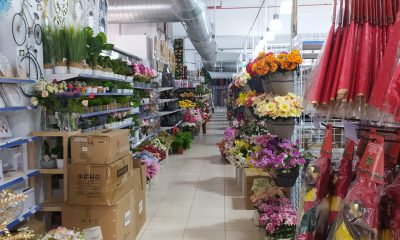
 Costa Blanca2 weeks ago
Costa Blanca2 weeks agoWhat is the reason for the disappearance of Chinese bazaars in Spain?







